1. Early Life and Education
Richard H. Truly's early life and education were shaped in the American South, where he began his academic journey in segregated schools before pursuing higher education in engineering. His foundational experiences also included active participation in youth organizations and rigorous military training that prepared him for a distinguished career in aviation and space.
1.1. Childhood and Education
Richard Harrison Truly was born on November 12, 1937, in Fayette, Mississippi. He attended segregated schools in both Fayette and Meridian, Mississippi. Demonstrating an early aptitude for academics, he pursued a Bachelor of Science degree in aeronautical engineering from the Georgia Institute of Technology, graduating in 1959. During his time at Georgia Tech, he was a member of the Kappa Alpha Order. Beyond his academic pursuits, Truly was actively involved in the Boy Scouts of America, where he achieved the organization's highest rank, Eagle Scout.
1.2. Military Service and Training
Truly entered the United States Navy through the Navy ROTC program at Georgia Tech. Upon joining the Navy, he was ordered to flight school and officially designated a Naval Aviator on October 7, 1960. His initial tour of duty was with Fighter Squadron 33 (VF-33), where he piloted F-8 Crusaders from the decks of aircraft carriers, including the USS Intrepid and the USS Enterprise. He accumulated extensive experience in carrier operations, performing more than 300 carrier landings. From 1963 to 1965, Truly further honed his skills at the U.S. Air Force Aerospace Research Pilot School at Edwards Air Force Base in California, first as a student and later as an instructor.
2. NASA Career
Truly's career at NASA marked a significant period of his professional life, transitioning from an astronaut to a pivotal leader who guided the agency through both triumphs and critical challenges, particularly concerning the Space Shuttle program.
2.1. Astronaut Career
In 1965, Richard Truly was selected as one of the first military astronauts for the United States Air Force's Manned Orbiting Laboratory (MOL) program, based in Los Angeles, California. Following the cancellation of the MOL program, he joined NASA Astronaut Group 7 in August 1969. At NASA, he served as a member of the astronaut support crew and as a capsule communicator (CAPCOM) for all three crewed Skylab missions in 1973, as well as for the Apollo-Soyuz mission in 1975.
Truly played a key role in the development of the Space Shuttle program. He flew twice as part of a two-man crew for the 1977 Approach and Landing Tests (ALT) of the Space Shuttle Enterprise. He is notably the only individual to have served on both the aircraft carrier USS Enterprise and the Space Shuttle Enterprise. His spaceflight experience included the STS-2 mission in 1981, making him the first person to be launched into space on his birthday. He then commanded the STS-8 mission in 1983. In total, he spent 8 days, 7 hours, and 21 minutes in space. After STS-8, Truly left NASA briefly to become the first commander of the Naval Space Command.
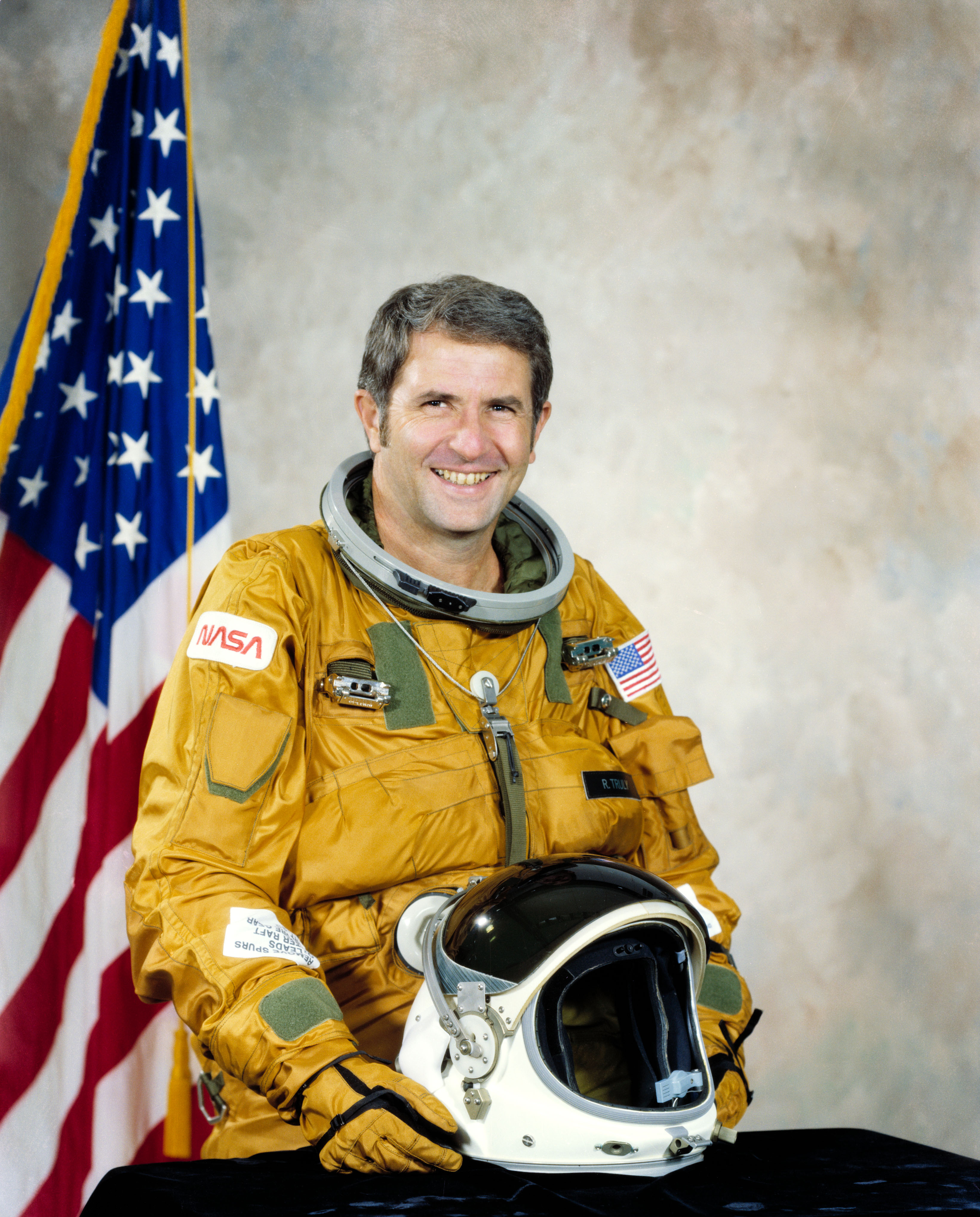
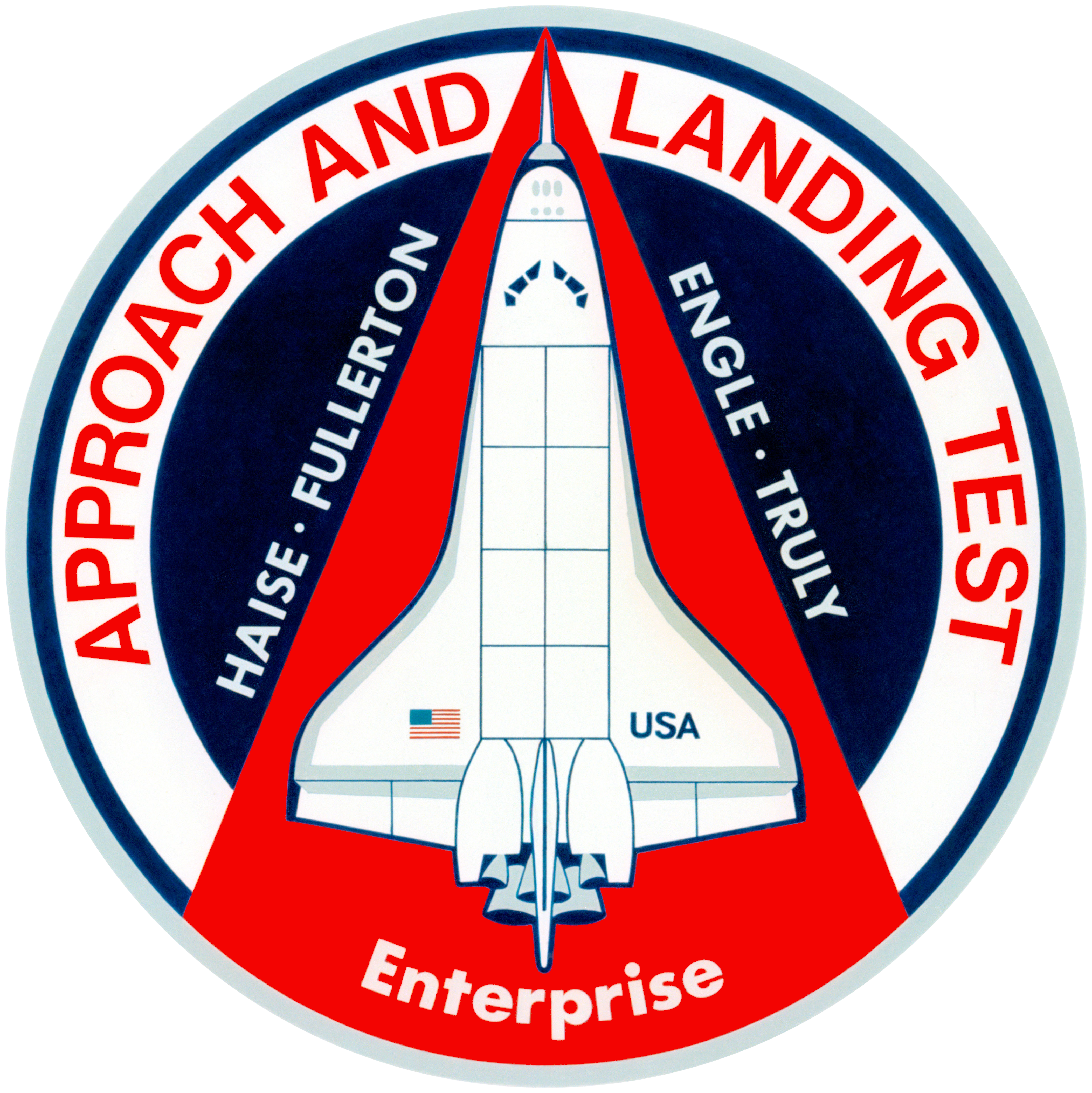
Truly described his experience with the MOL program, stating, "It's tough to describe how hard we all worked on MOL. But it was a huge part of our lives and, because of how hard we worked, we all learned a lot about ourselves and our abilities."
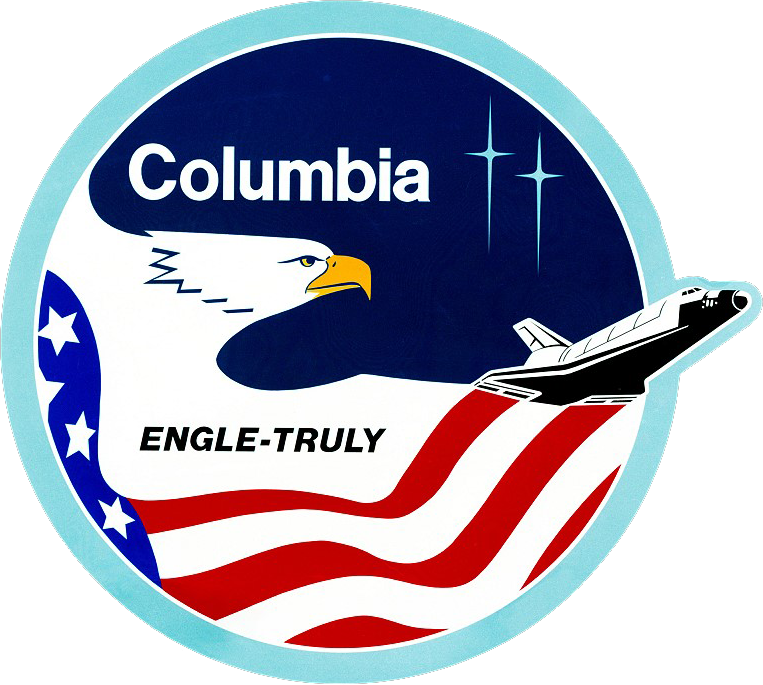
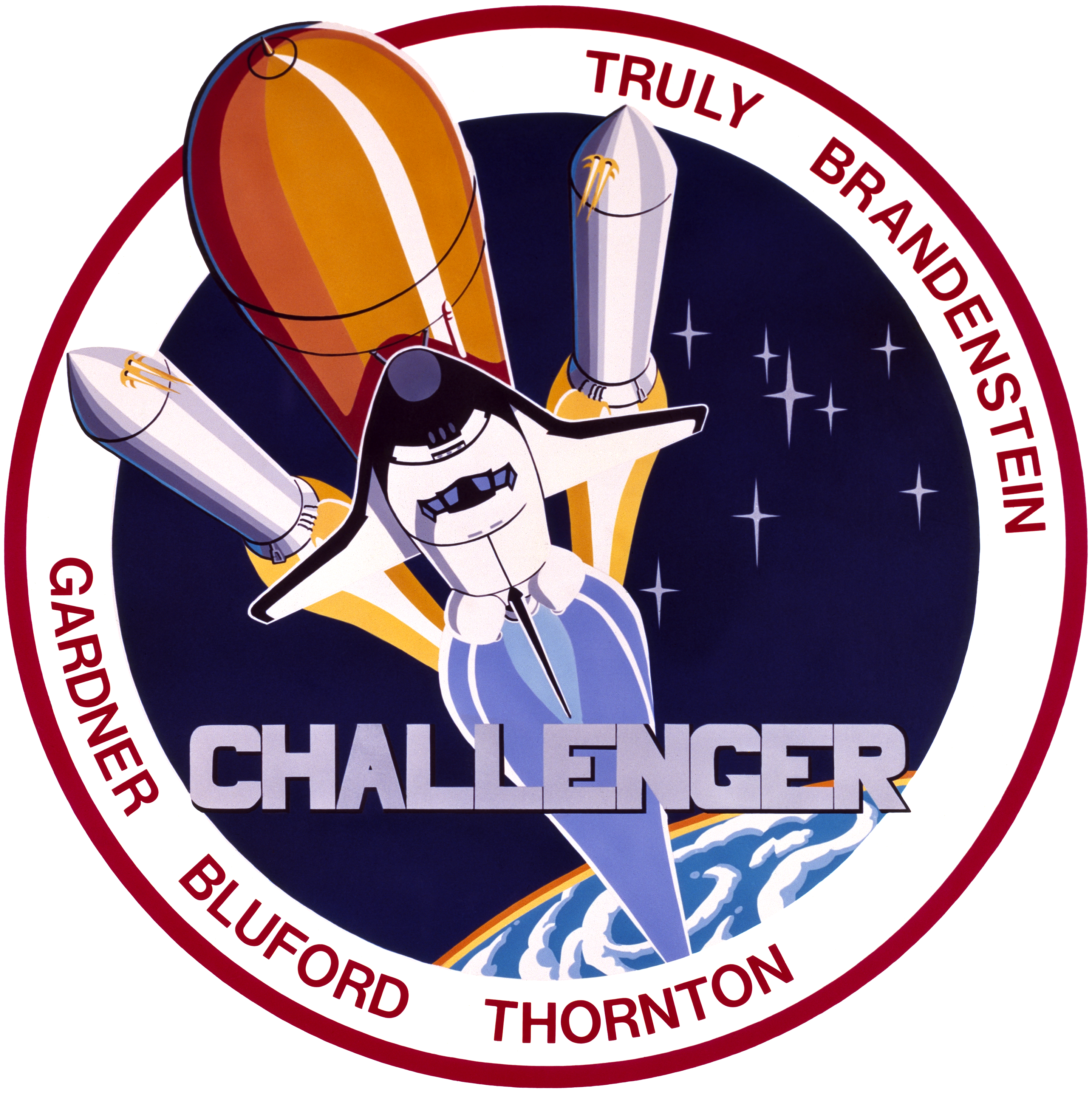
2.2. Return to Flight Operations
Three weeks after the devastating Space Shuttle Challenger disaster, Richard Truly returned to NASA, assuming the critical role of Associate Administrator for Space Flight on February 20, 1986. His primary responsibility was to oversee the Space Shuttle's return to flight status. This task also involved addressing long-term issues such as whether the Challenger would be replaced, the future role of the Shuttle in space missions, and the optimal mix of expendable spacecraft and the Shuttle for upcoming operations.
While the technical cause of the accident was identified within days, determining the root cause proved more challenging. Truly and NASA's "Return to Flight" program worked for 31 months before the Space Shuttle Discovery successfully launched on September 29, 1988, with the STS-26 mission. In March 1986, Truly outlined several necessary actions for NASA before another Shuttle flight, including "Solid Rocket Motor joint redesign, Critical Items review, and Operations and Maintenance Instructions review." His leadership was instrumental in restoring confidence and operational capability to the Space Shuttle program.
2.3. NASA Administrator
Truly retired from the Navy as a vice admiral shortly before being appointed as the eighth Administrator of NASA in May 1989, a position he held until May 1992. He was the first astronaut to serve as NASA Administrator. During his leadership, he was credited by Carl Sagan with intervening in an internal dispute that led to the iconic "Pale Blue Dot" photograph, taken by Voyager 1 as its final image of Earth before completing its primary mission.
On February 12, 1992, Truly was dismissed from his role as Administrator. Two weeks prior, Vice President Dan Quayle had met with Truly, suggesting he step down and accept an ambassadorship, an offer Truly ultimately declined. Upon his firing, Truly expressed his shock, stating, "I'm floored. I can't explain it." Senator Al Gore, who would later become Vice President, voiced his concern, describing Truly as "a good man who did a good job under difficult circumstances." Gore suggested that the firing might have been due to the Space Council, led by Vice President Quayle, insisting on running NASA from the Vice President's office.
Observers speculated that Truly's removal was linked to his focus on large-scale projects, such as extending the life of the Space Shuttle, rather than the smaller, faster missions favored by the administration. It was also suggested that he was perceived as "captive of his bureaucracy and incapable of making the changes, the reforms, the administration wanted." Another contributing factor cited was the unexpected difficulties faced by the International Space Station project in Congress, which required the administration's intervention to secure its funding.
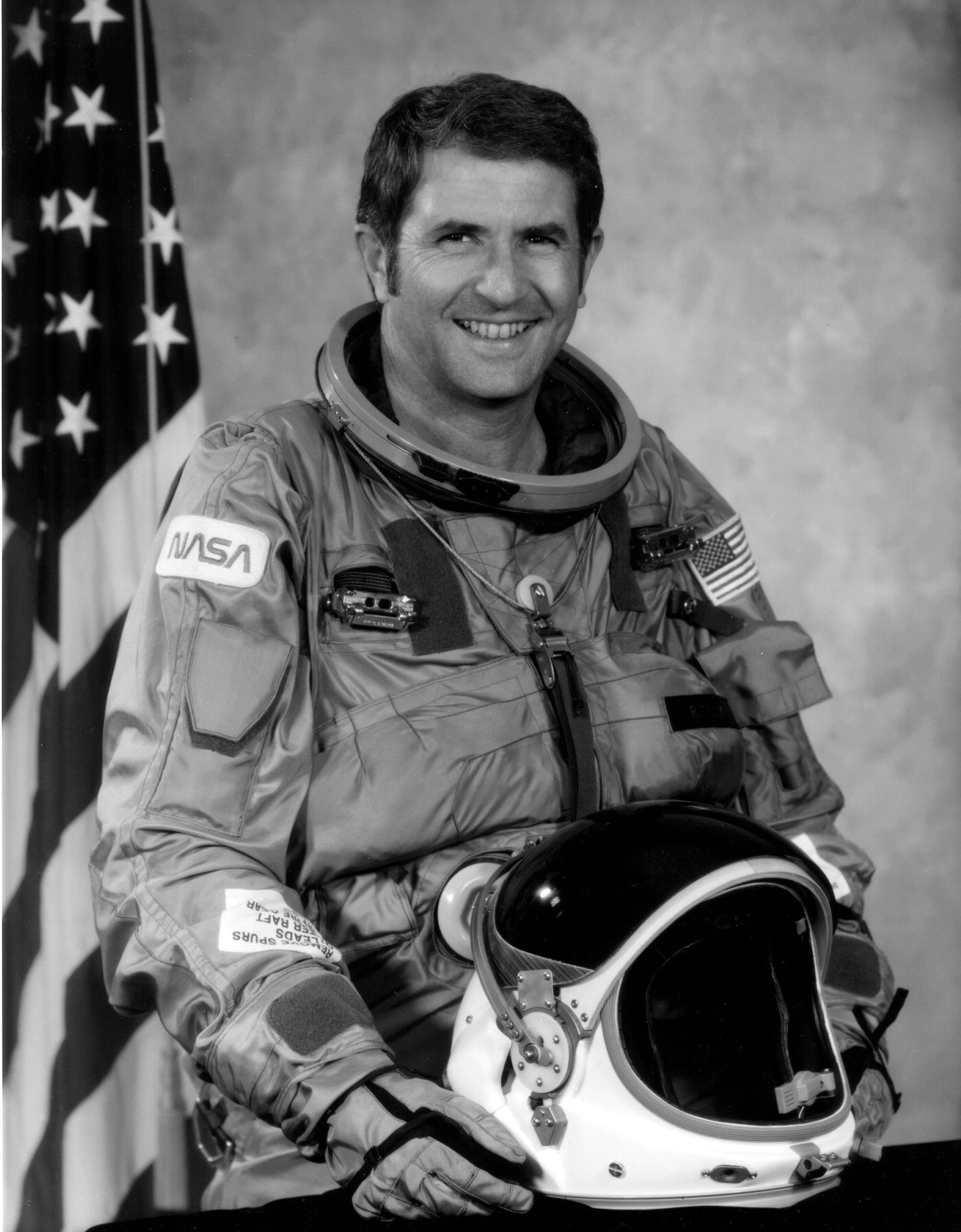
3. Post-NASA Career
After his departure from NASA, Richard Truly continued to serve in prominent leadership roles within scientific and research institutions, contributing to advancements in technology and addressing broader societal issues.
3.1. Georgia Tech Research Institute
Following his tenure at NASA, Truly became the Vice President and Director of the Georgia Tech Research Institute, a part of the Georgia Institute of Technology, located in Atlanta, Georgia. He held this position from 1992 to 1997, contributing to the institute's research and development efforts.
3.2. National Renewable Energy Laboratory
From 1997 to 2005, Truly served as the director of the Department of Energy's National Renewable Energy Laboratory (NREL). Concurrently, he was an executive vice president of MRIGlobal (formerly Midwest Research Institute). In these roles, he played a significant part in advancing energy research and development, particularly in the field of renewable energy.
3.3. Other Professional Engagements
In May 2007, Retired Vice Admiral Richard Truly testified before the U.S. Senate Committee on Foreign Relations. As a member of a military advisory board, he addressed the threats posed to U.S. national security by global climate change, reflecting his engagement with broader societal and environmental issues. In 2010, Governor Bill Ritter appointed Truly to the board of trustees for the Colorado School of Mines, where he served as the vice chairman of the board.
4. Personal Life and Death
Richard H. Truly was married to Colleen "Cody" Hanner. Together, they had three children: Michael, Daniel, and Lee. Truly passed away at his home in Genesee, Colorado, on February 27, 2024, at the age of 86.
5. Awards and Decorations
Richard H. Truly received numerous military decorations, NASA awards, and other honors throughout his distinguished career, recognizing his significant contributions to aviation and space exploration.
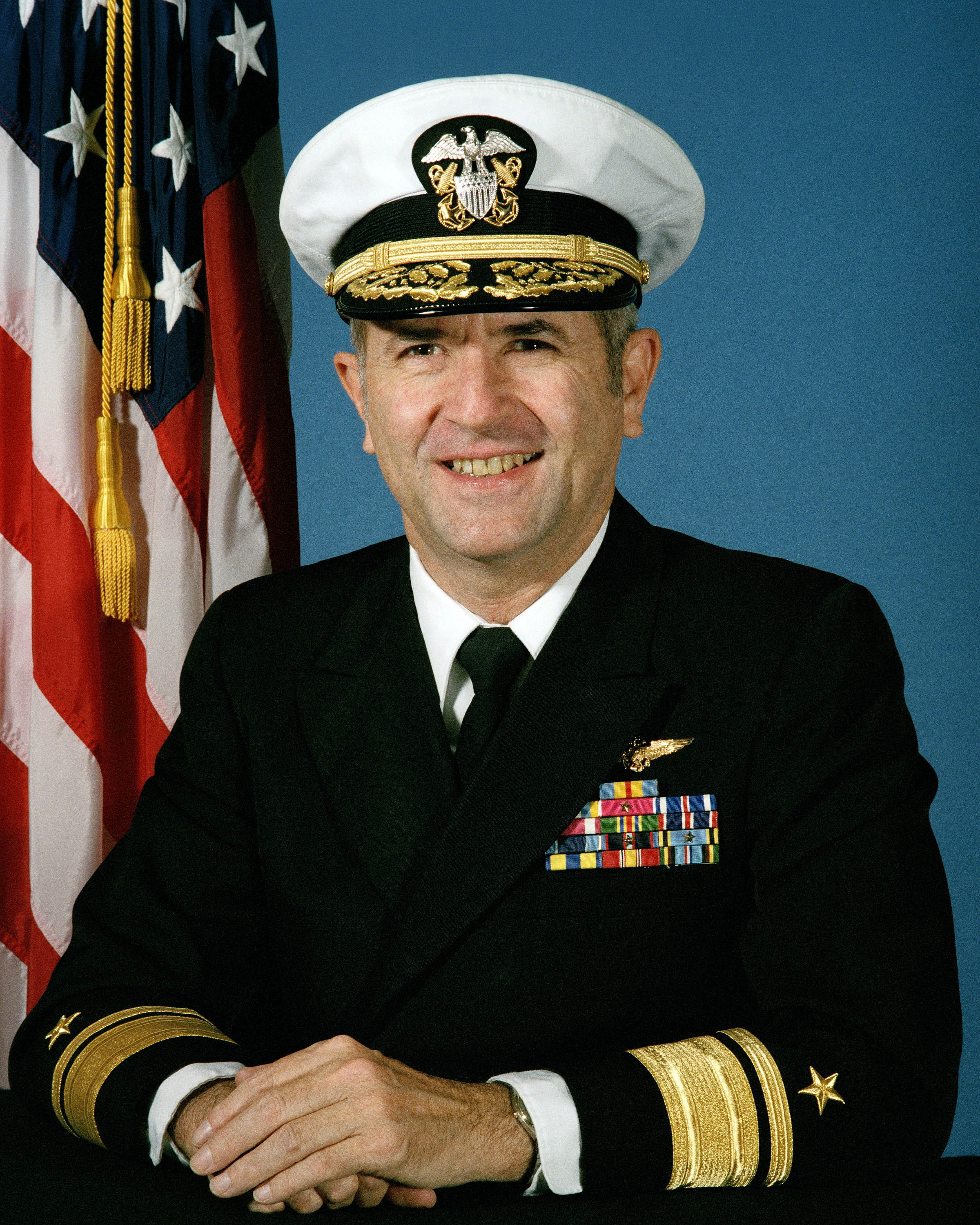
His military and government awards include:
| Award | Notes |
|---|---|
| Defense Distinguished Service Medal | |
| Defense Superior Service Medal | |
| Legion of Merit | with one star |
| Distinguished Flying Cross | |
| Meritorious Service Medal | |
| Presidential Citizens Medal | Awarded in January 1989 by President Ronald Reagan. |
His NASA awards include:
| Award | Notes |
|---|---|
| NASA Distinguished Service Medal | with one star |
| NASA Outstanding Leadership Medal | |
| NASA Exceptional Service Medal | with one star |
| NASA Space Flight Medal | with one star |
Other notable honors and awards include:
- 1972**: Johnson Space Center Superior Achievement Award
- 1977**: American Astronautical Society's Flight Achievement Award
- 1981**: General Thomas D. White USAF Space Trophy
- 1988**: Society of Experimental Test Pilots James H. Doolittle Award
- 1988**: Collier Trophy, for his crucial role in assisting NASA's return to launching crewed missions after the Challenger disaster.
- 1995**: Inducted into the Georgia Aviation Hall of Fame